A Robust, High Performance, Revolutionary Demountable ICP Torch

A single-piece inductively coupled plasma (ICP) torch can be a costly consumable item requiring regular maintenance and replacement, particularly with aggressive sample matrices, such as hydrofluoric acid (HF), organic solvents, and high total dissolved solids (TDS). Dealing with such samples is a common challenge with ICP spectrometry, and, generally, most “real samples” analyzed by ICP laboratories contain considerable concentrations of TDS, including soils, sludges, wastewater, brines, high acid digests, and fusions. Analyzing these types of samples can pose a number of challenges for the ICP analyst, including increased frequency of torch replacement due to shortened torch life.
The combination of high temperature from the plasma and salt deposits on the torch causes a quartz torch outer tube to devitrify. The disadvantage of a single-piece torch is that it is a relatively high-cost consumable item, and the entire torch must be replaced, when, in most cases, it is just the outer tube that suffers from devitrification. For this reason, many ICP manufacturers have moved away from the single-piece torch, and most now use a semi-demountable torch design.
The D-Torch (Figure 1) is a robust and higher-performing alternative to both a single-piece and a semi-demountable quartz torch. Compared to other demountable torches, the D-Torch is the only torch design that comes standard with a ceramic intermediate tube for greater robustness and a lower cost of ownership. With the D-Torch design, the analyst most often replaces only the outer tube, rather than replacing the entire torch or a quartz torch body. With demountable torch designs offered by other manufacturers, the intermediate tube is made of quartz and fused to the quartz outer tube, which is an additional consumable whose cost can quickly add up and negate the economic benefits of the torch itself. The D-Torch also features fully interchangeable injectors, allowing the analyst to install a specific injector (i.e., material and inner diameter) for each application, whether it be for aqueous, organics, high TDS, or HF.
Figure 1: Glass Expansion D-Torch for Agilent 5100/5110 and 5800/5900 ICP-OES instrument.
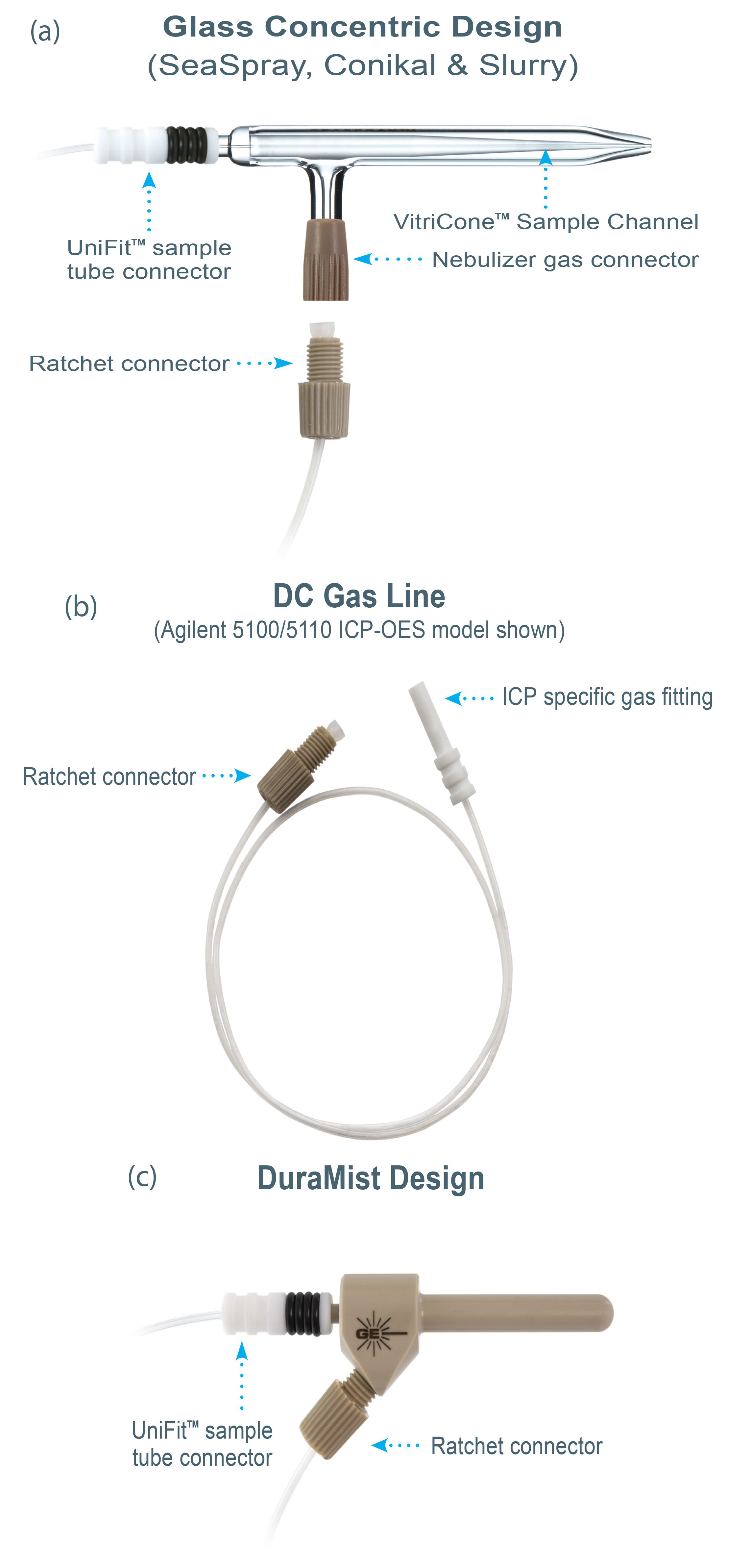
Another exclusivity of the Glass Expansion D-Torch is an optional ceramic outer tube, which is of particular benefit for the analysis of high-TDS sample matrices, as the Sialon material does not devitrify. In addition to providing durability, the ceramic outer tube on an ICP torch produces a hotter, more robust plasma, which reduces matrix effects and improves sensitivities and detection limits. Compared to a quartz outer tube, the ceramic outer tube has a much longer lifetime, greatly reducing maintenance, cleaning, and downtime due to torch failure. In some sample matrices, quartz outer tubes can degrade in hours, while the ceramic outer tube will last years under the same conditions.
The ceramic outer tube is ideal for:
- monitoring of wear metals in engine oils, as quartz outer tubes often suffer cracking and shortened lifetimes due to thermal shock
- analysis of fusion samples where the lithium salts rapidly attack quartz
- measuring high-TDS samples that will quickly devitrify the quartz outer tube.
Each Glass Expansion D-Torch design is a direct replacement for the standard torch, including ICP models that incorporate an easy-to-use, self-aligning torch installation. Each D-Torch model is designed with a base that provides the same self-aligning, turn-key installation for ICP models such as the Agilent 5800 and 5900, PerkinElmer Avio, Thermo iCAP, and Spectro Arcos MV. Compared to other demountable torches, the D-Torch also offers easier cleaning and maintenance with the ability to remove the injector and outer tube, with no O-rings to degrade and go brittle.
Results
Glass Expansion manufactures a D-Torch design for many of the most-popular ICP models; this particular study highlighted the performance of the fully ceramic D-Torch model designed for the Agilent 5100 and 5110 systems, and is also fully compatible with Agilent’s recently released 5800 and 5900 ICP-OES instruments.
As mentioned previously, a combination of high temperature and salt deposits causes a quartz torch to devitrify. Higher concentrations of salt in the samples lead to more rapid devitrification. The quartz torch in Figure 2 was run for only 6 h with samples containing 10% NaCl and is already badly degraded. By contrast, the D-Torch ceramic outer tube in Figure 1 shows no degradation at all, and it was run for the same period and with the same samples as the quartz torch.
Figure 2: A Comparison of resistance to devitrification when exposed to high salt matrix.
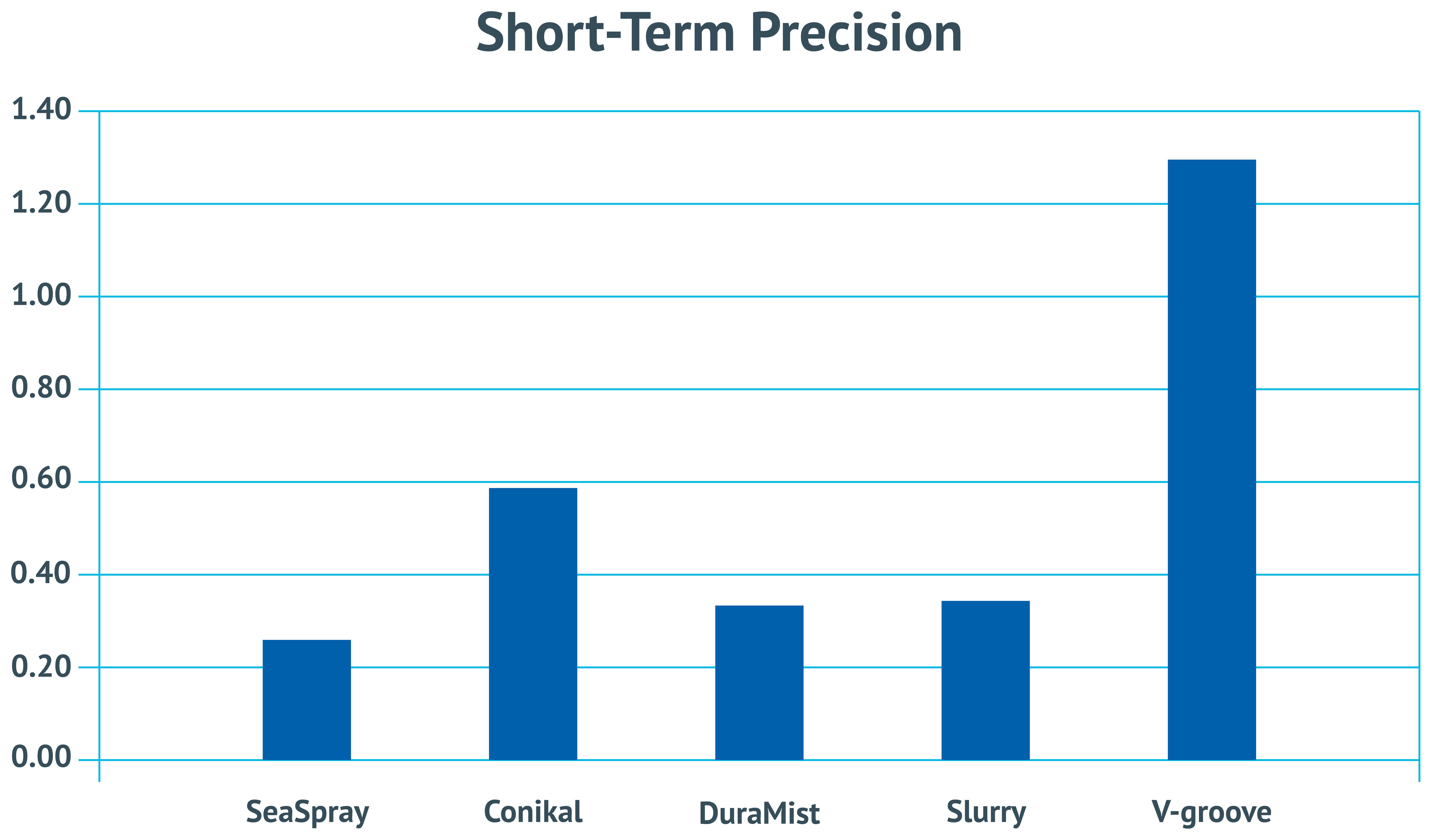
To further evaluate the performance of the ceramic outer tube in a high TDS matrix, a 1 ppm multi-element standard was prepared in a 10% NaCl matrix and aspirated at 1 mL/min for 4 h with no rinsing. The combination of the DuraMist DC nebulizer, Twister spray chamber, ceramic D-Torch, and Elegra argon humidifier provided exceptional stability (Figure 3). A measurement was taken approximately every minute over a period of 4 h, while a precision of less than 1% was maintained throughout the experiment.
Figure 3: Ceramic outer tube long term stability test, 4-hour analysis of 1 ppm standard in 10% NaCl.
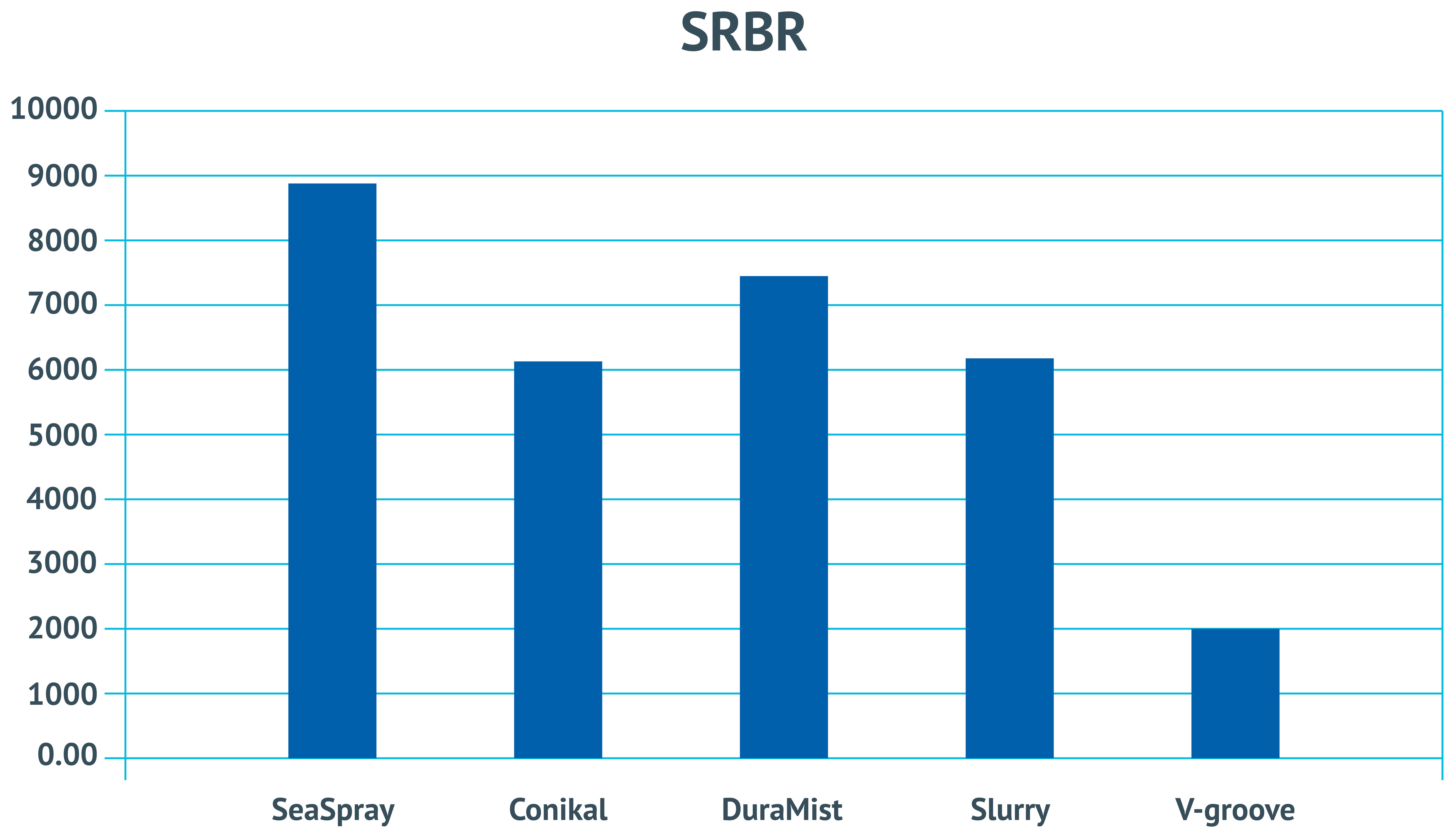
In addition to providing ICP laboratories with a more robust torch option, the ceramic outer tube of the D-Torch can provide a higher average signal intensity compared to a standard quartz torch. Table I shows the average signal intensity, based on three separate measurements of 10 replicates using a 100 ppb multi-element standard. The overall average increase in signal intensity with the ceramic outer tube was 21%.
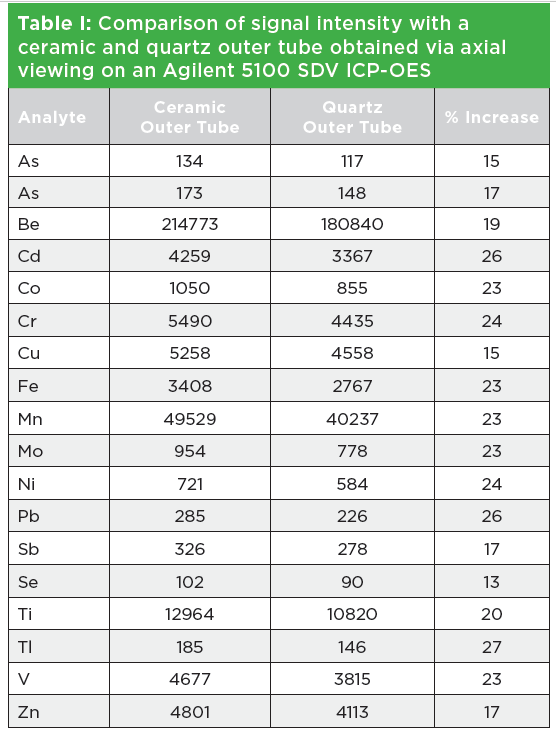
Conclusions
The Glass Expansion D-Torch is the most cost-effective torch over the lifetime of the instrument, compared to both single-piece quartz torches and semi-demountable quartz torches, as well as alternative fully demountable designs. The unique ceramic outer of the D-Torch provides the ICP laboratory with an ICP torch that does not devitrify due to high salts or fracture when exposed to organic solvents. The ceramic outer tube also provides a higher average signal intensity, providing laboratories with an additional boost in performance.
Glass Expansion
31 Jonathan Bourne Dr., Unit 7, Pocasset, MA 02559
tel. (508) 563-1800, (508) 563-1802 (Fax)
Website: www.geicp.com
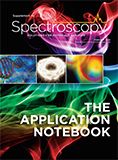
LIBS Illuminates the Hidden Health Risks of Indoor Welding and Soldering
April 23rd 2025A new dual-spectroscopy approach reveals real-time pollution threats in indoor workspaces. Chinese researchers have pioneered the use of laser-induced breakdown spectroscopy (LIBS) and aerosol mass spectrometry to uncover and monitor harmful heavy metal and dust emissions from soldering and welding in real-time. These complementary tools offer a fast, accurate means to evaluate air quality threats in industrial and indoor environments—where people spend most of their time.